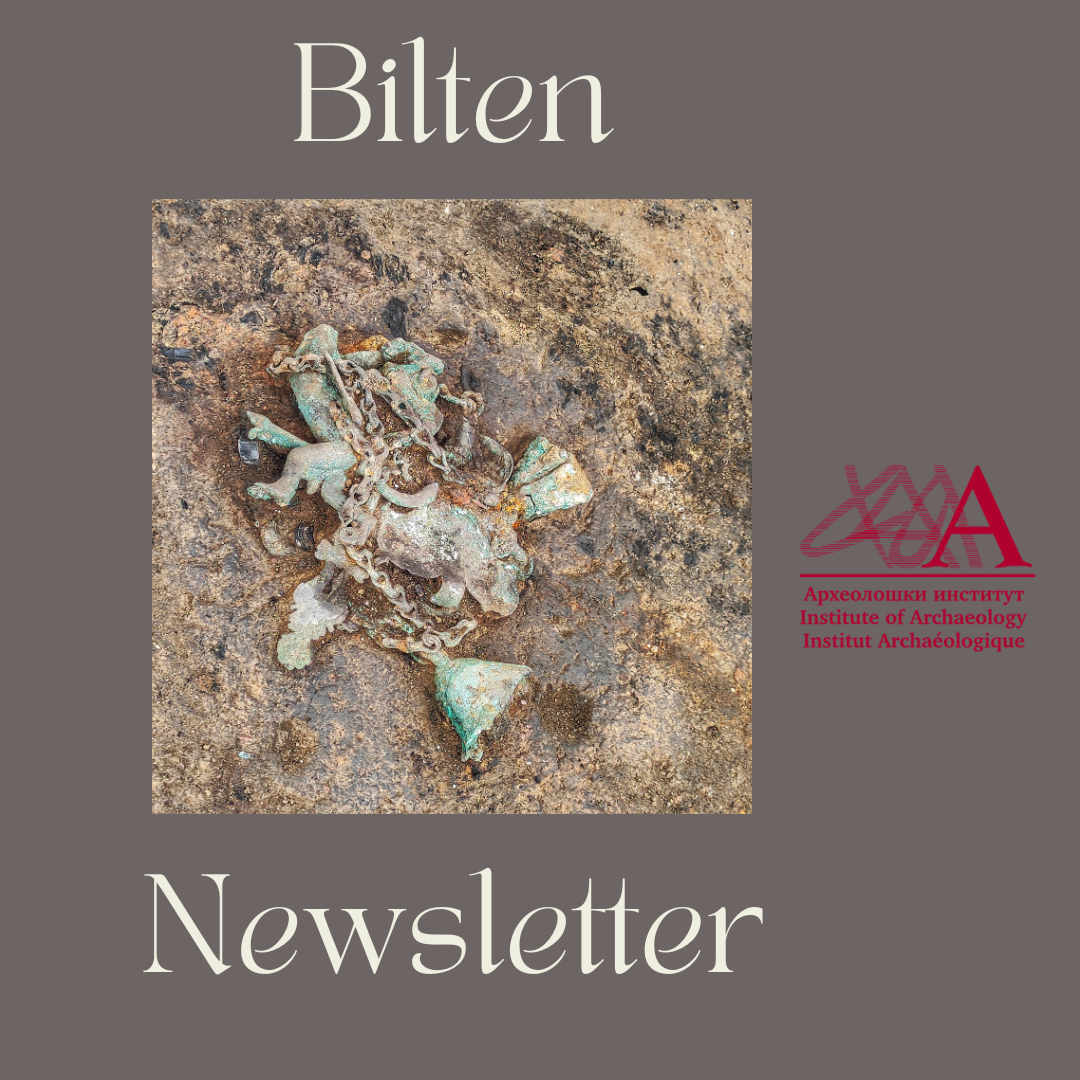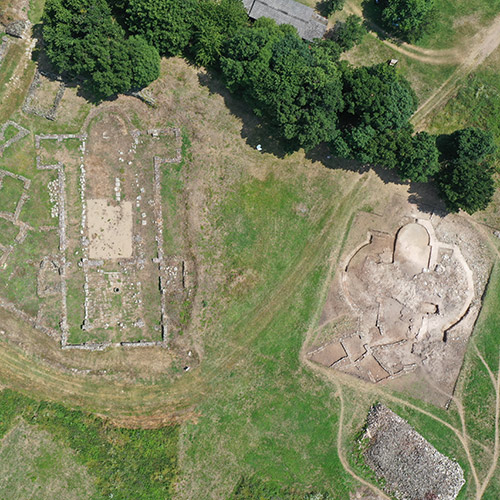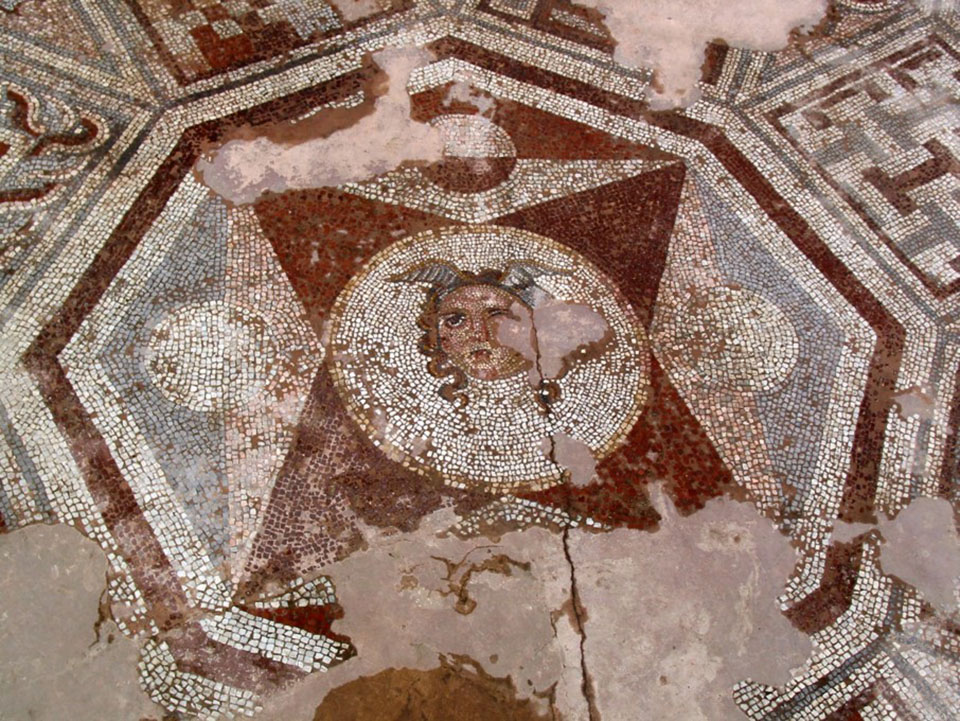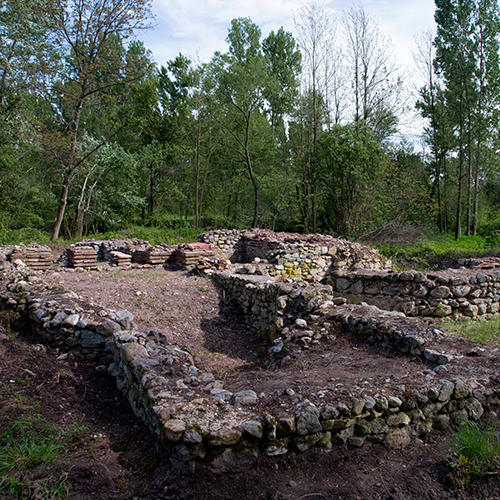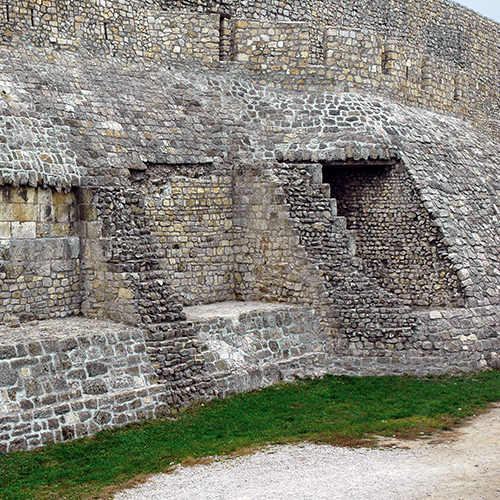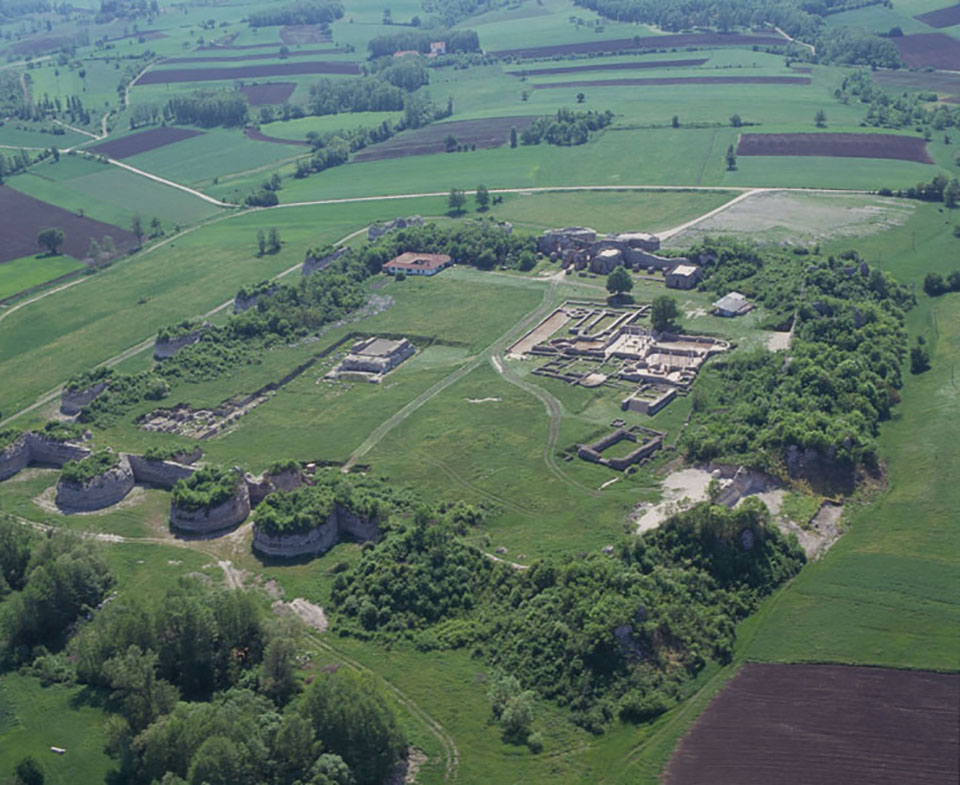Annual Meeting “Serbia, Land of Science, Land of Innovation”
At the annual meeting of the scientific research and innovation community "Serbia, the land of science, the land of innovation", the Institute if Archaeology was one of the three institutes that, at the invitation of the Ministry of Science, Technological Development and Innovation, presented its scientific results, successful international and domestic projects (The Flow, Cooltour, Dancing
Dancing Histor(y)ies festival dates in 2024
Within the work package, 4 which is led by the Institute of Archaeology, as part of the Dancing Histor(y)ies project, co-financed by the programme Creative Europe of the European Union, in 2024 several festivals will be conducted at archaeological sites throughout the consortium member countries (Italy, Serbia, Spain, and Greece). For more information about events, dance
Caričin Grad
Caričin Grad, a site that most researchers today identify with Justiniana Prima, represents one of the most striking examples of the restoration of Illyricum carried out by Justinian II (527–565). The spirit of that restoration was recorded in the work "On Buildings" by Procopius of Caesarea, which mentions a large number of newly built and renovated
NAISSUS – MEDIANA
The archaeological site of Mediana is an open-type settlement located about 4 km east of Niš (Naissus). It developed from an agricultural farm to a luxurious administrative-residential complex with buildings of various purposes. It was the birthplace of the Roman Emperor Constantine the Great who, in the period between 317 and 334, often stayed in the
VRELO – ŠARKAMEN NEAR NEGOTIN
The Roman site of Vrelo is located 4 km west of the village of Šarkamen, which is located about 20 km northwest of Negotin, in eastern Serbia. Šarkamen is a fortified residence, and the memorial complex with a mausoleum and the tumulus are dated to the beginning of the 4th century and are ascribed to the
TIMACUM MINUS – RAVNA NEAR KNJAŽEVAC
The Roman fortification of Timacum Minus was the administrative centre of the Roman mining area, and is dated from the mid-1st to the mid-5th century AD. The site is located on the left bank of the Beli Timok river, about 400 m east of the village of Ravna, which is 10 km northwest of Knjaževac, in
SINGIDUNUM – BELGRADE
Ancient Singidunum is a Roman city founded at the confluence of the Sava and the Danube, by the development of a military settlement built next to the castrum of the IV Flavian Legion.
NAISSUS – NIŠ FORTRESS
The building with an octagon is located inside the Late Antique fortification of Naissus, modern Niš, on the locality known as “Gradsko Polje”, and present a luxurious public building with rich architectural plastic, fresco painting and mosaics. Based on the position and monumentality of the building with an octagon, it can be assumed that it was
FELIX ROMULIANA – GAMZIGRAD
The fortified palace of Emperor Galerius represents the best preserved work of Roman architecture in the whole territory of Serbia. In 2007, this site was inscribed on the UNESCO World Heritage List.


